Salsa & Spies: The Tangled Tales of Madrid, Latin America and the US
America’s history is a tango of spy games, sizzle, and spice.
Since Spain’s spy ship dropped anchor in Virginia four centuries ago, espías have targeted the US - plotting from Madrid to Mexico, Puerto Rico, Cuba and South America.
Here are just a few of their stories...

Spain's spy ship
Spanish King Philip III ordered a spy ship to set sail for Jamestown, Virginia and gather intelligence on the English settlement in 1611. Captain Diego de Molina pretended his crew were searching for a wrecked Spanish ship. He was arrested on landing but smuggled out a letter to the King by sewing it into the shoe of a Venetian prisoner awaiting release. De Molina described the layout of Virginia’s Fort, soldier numbers, and intelligence he’d gathered about gold and silver mines. He was eventually released in a prisoner swap and made a general, but died in a mutiny on board one of his six ships.
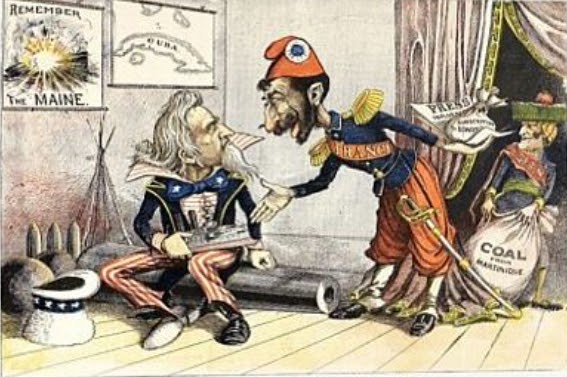
US-Spanish War
By 1898, the US and Spain were at war after the mysterious sinking of the USS Maine in Havana, Cuba. Spanish Naval Lieutenant Ramon de Carranza was in charge of setting up a spy ring in Canada. Montreal’s Windsor Hotel served as his HQ, a base teeming with so many US, Spanish and Canadian spies they tripped over each other in the halls. The US swung into action with ‘black bag’ jobs, sifting through De Carranza's top-secret intelligence and setting the blueprint for the latter-day Watergate break-in. By December 1898, Spain had renounced its claim to Cuba and ceded Guam and Puerto Rico to the US.
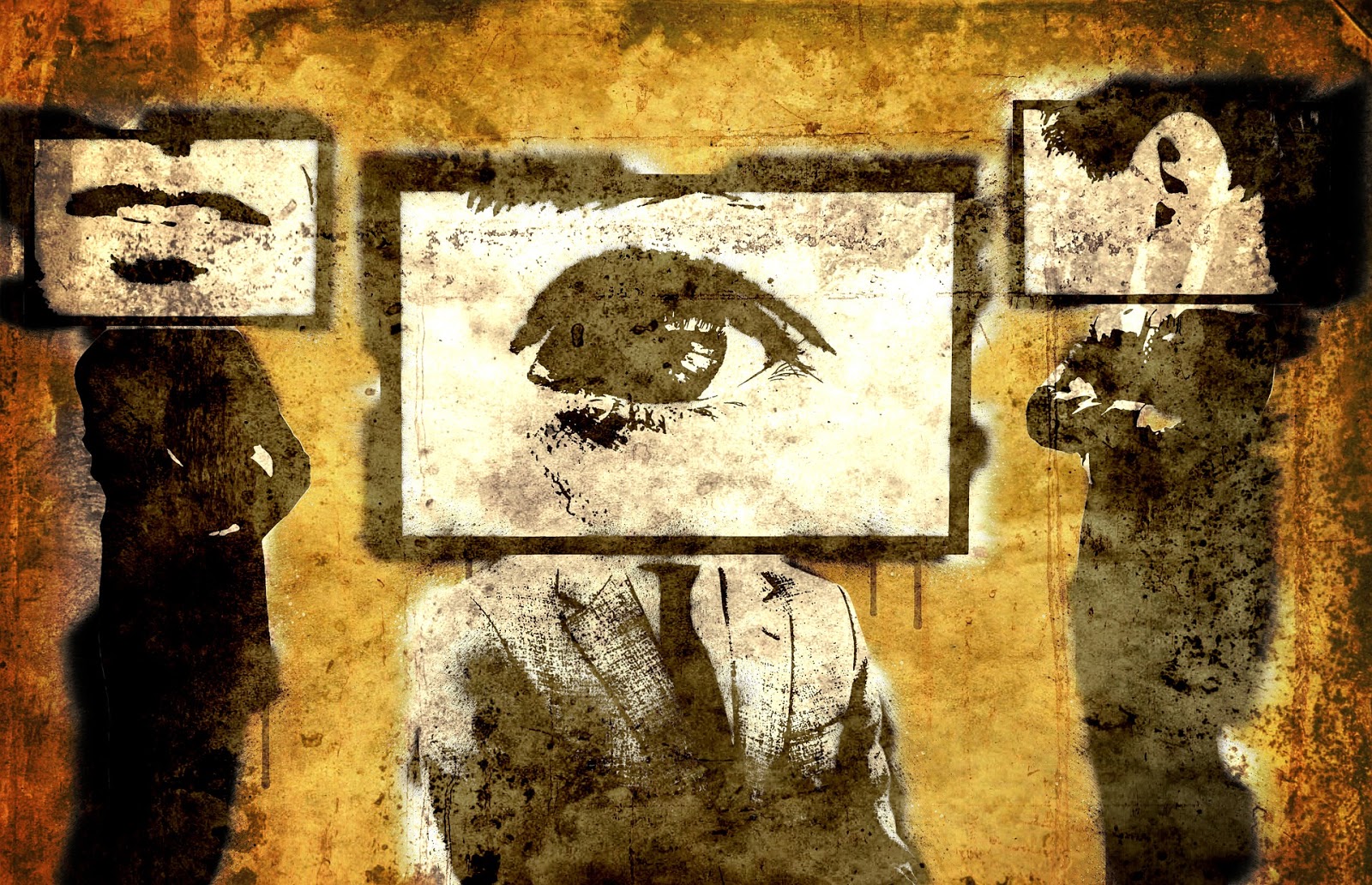
Spymaster Georg Nicolaus
The threat of German and Spanish espionage in WWII raised even more problems for the US. Spy networks were operating throughout Mexico and South America. Operation Bolivar centered on radio communications from Argentina to Berlin, while Spanish merchant vessels shipped written intelligence to Europe. Spymaster Georg Nicolaus ran Mexico’s largest ring. Unfortunately for Nicolaus, he had a fiery mistress who refused to take a back seat to his visiting wife. Nicolaus’ lover reported him to the police, bringing down most of his network.

Musician and spy Gustavo Durán
Spanish spies also invaded the US from within. Gustavo Durán was an Army lieutenant who inspired Ernest Hemingway's For Whom the Bell Tolls. Born in Barcelona in 1906, he studied music and scored films for Paramount Pictures. Durán emigrated to New York in 1940. He joined the State Department and eventually moved to the US Embassy in Havana on the recommendation of Hemingway. Senator Joseph McCarthy later denounced Durán as a spy, a member of SIM, Spain’s communist-dominated military intelligence. This was not the end of Durán though. Despite MCCarthy’s efforts, he helped found Unesco, promoting world peace.

Spanish bullfighter and spy Ángel Alcázar de Velasco
While Spain was officially neutral in WWII, Madrid was sympathetic to Germany. Ángel Alcázar de Velasco was an apprentice Spanish bullfighter and journalist who created spy networks to help the Nazis and Japan. He sold US intelligence reports using his Tō Network, supposedly an international ring of 21 agents. The Japanese embassy in Madrid paid handsomely, coded the reports, and telegraphed them to Tokyo without realizing the US had cracked the Japanese code. The Allies soon learned that Alcázar was happy to make up what he didn’t know to earn his paycheck.
"The brand new social experience where you activate your gaming skills as you train like a spy."
- TimeOut
Take on thrilling, high-energy espionage challenges across different game zones.


Bay of Pigs invasion
In 1959, Fidel Castro toppled Cuba’s government and aligned the country with the Soviet Union, creating a new threat to the US some 90 miles from its border. After the disastrous CIA-backed Bay of Pigs invasion of Cuba, the US stood on the brink of nuclear war in October 1962. An American U-2 spy plane had photographed nuclear missile sites being built by the Soviet Union in Cuba. For 13 days, the world held its breath as US President John F. Kennedy and Soviet leader Nikita Khrushchev negotiated a withdrawal. The Cuban missile crisis was soon over, but the arms race and spy games were not.

The Wasp Network of spies
Cuba would remain a concern for decades to come. The Wasp Network was a real-life spy ring operating in Miami in the late ‘90s. The ‘Cuban Five’ - Gerardo Hernández, Antonio Guerrero, Ramón Labañino, Fernando González, and René González - were sent by Castro’s regime to infiltrate anti-Castro exile groups including Brothers to the Rescue. The five Cuban intelligence officers were convicted in the US on conspiracy to commit espionage and murder. Spymaster Gerardo Hernandez led La Red Avispa and was imprisoned for two life terms but released in a 2014 swap.
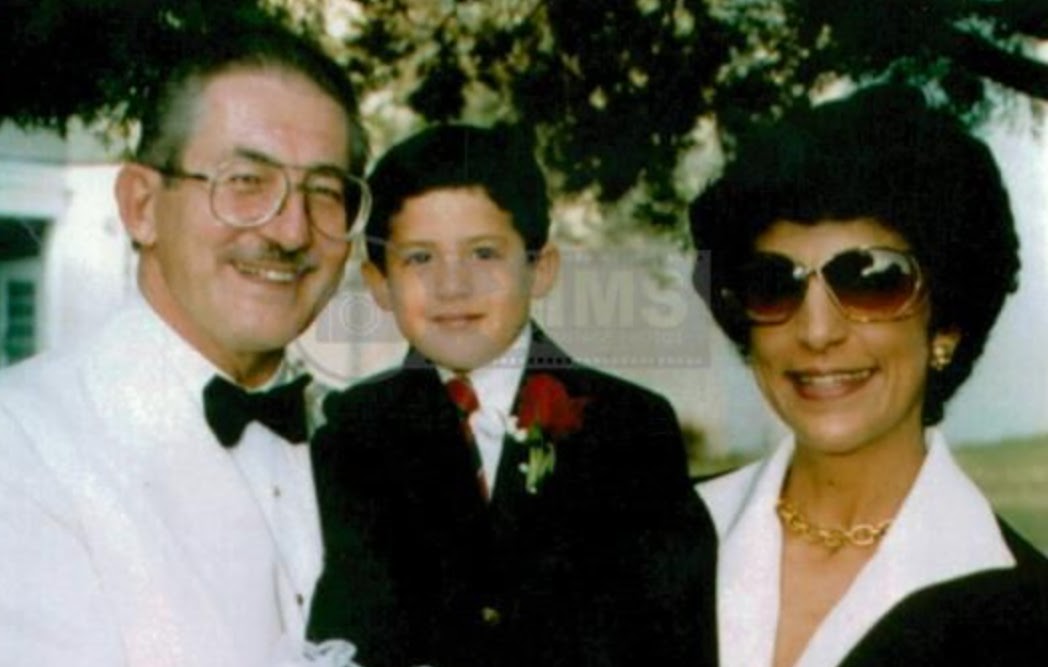
Rosario and Aldrich Ames
Colombian spy Rosario Ames was a different kind of operator. She loved to spend money - KGB money. Rosario met her husband - the notorious Aldrich Ames - in Mexico where he was working for the CIA. She was 11 years younger, born in Bogota, and a CIA informer with dreams of living the high life in America. After they married in 1985, Aldrich bought a Jaguar, a ranch in Colombia, and a $540,000 Virginia home paid for in cash. In addition to his CIA salary, he was being bankrolled with $2.5m from Moscow and later imprisoned for life. Rosario, who’d encouraged him to become a Kremlin double agent to fund their lifestyle, pleaded guilty to conspiracy and tax evasion. She was sentenced to five years. Things weren’t all bad though. As part of Rosario’s plea deal, she kept the ranch, a Bogata apartment, and a seaside holiday home.
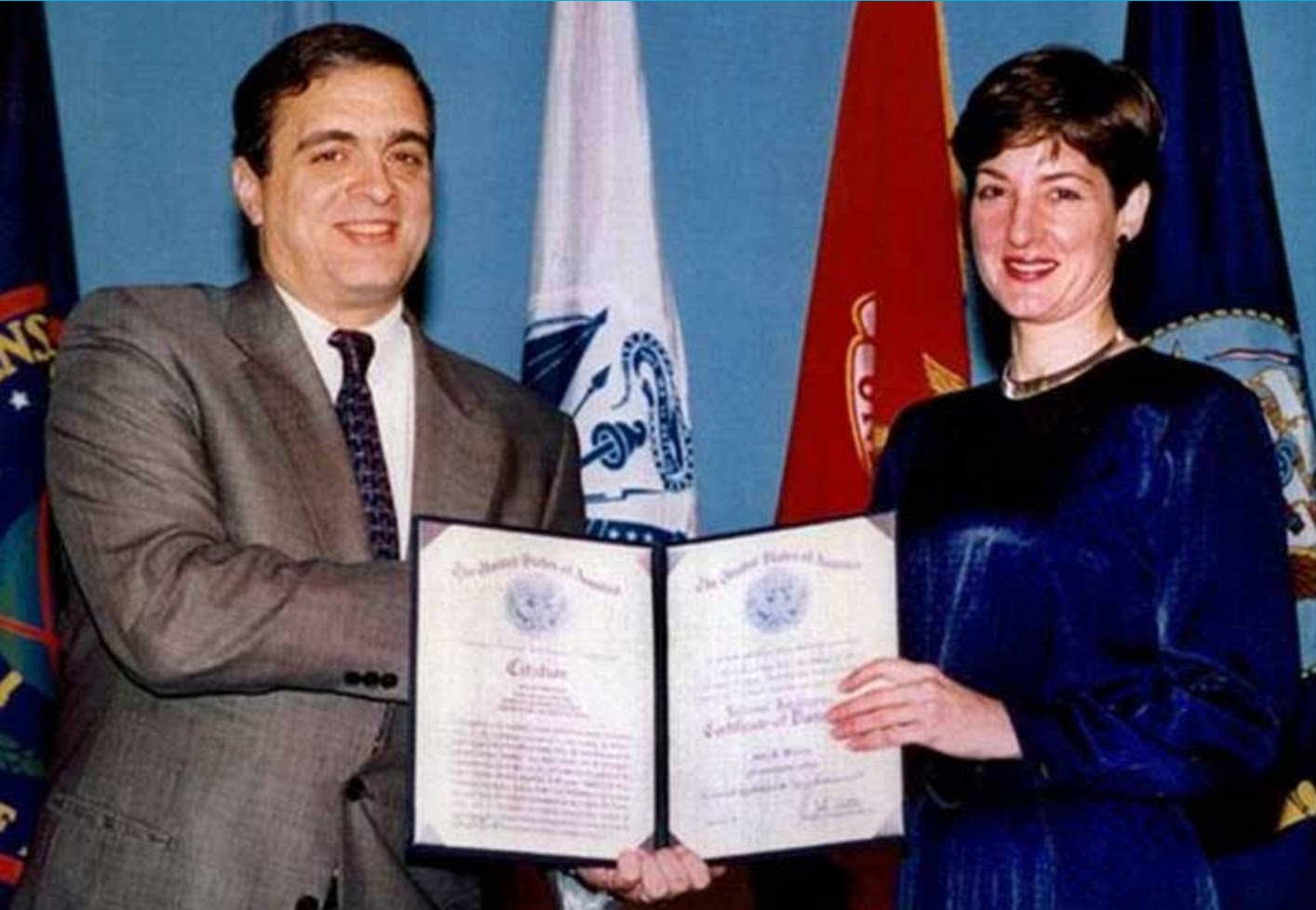
Cuban Spy Ana Belén Montes
Ana Belén Montes' father was a Puerto Rican army doctor, and her brother and sister both joined the FBI. Ana chose a different path, however. She had a keen interest in Central and South American politics and was recruited by Cuban spies. By 1985, Ana was a US Defense Intelligence Agency analyst who could memorize entire documents, type them on her home laptop, and store the intelligence on disks. Ana’s handler relayed instructions for drops and meetings via short-wave radio. Suspicious that a Cuban mole was operating in the DIA, the FBI bugged Ana's phone and searched her home. They discovered the shortwave radio and Ana’s secret life. In 2002, she was jailed for 25 years.

Suspected Cuban spy Marta Rita Velazquez
Marta Rita Velazquez was a high-flying lawyer born in Puerto Rico with an impressive collection of degrees: an undergraduate at Princeton, a law degree from Georgetown, and a Master’s from Johns Hopkins. By 1989, Velazquez had joined the State Department with top-secret clearance. Stints at US embassies in Nicaragua and Guatemala followed. So why quit and run? Velazquez disappeared in 2013 after reports that Ana Montes (above) was cooperating with the US government. According to the FBI, Velazquez conspired to recruit US spies for Cuba while still a student. She allegedly received instructions from Cuban intelligence through encrypted, high-frequency broadcasts and meetings outside the US. Was Montes her only recruit? Velazquez, married and living in Sweden, hasn’t returned to the US tell her side of the story.
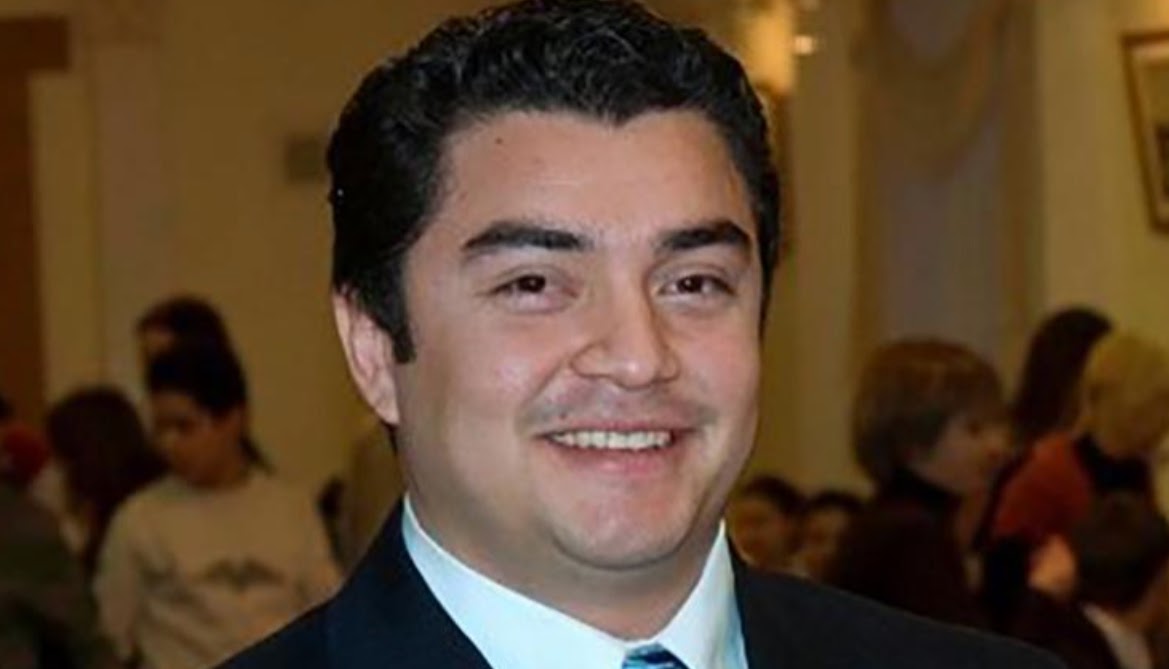
Russian spy Héctor Alejandro Cabrera Fuentes
The Héctor Alejandro Cabrera Fuentes espionage case is plucked from the stranger-than-fiction file. The cardiologist and a female companion were flying from Miami to Mexico in 2020 when airport officials - acting on a tip - asked to see their phones. According to an affidavit, she’d photographed the license plate of a confidential US government source who’d provided information about Russian intelligence. The story doesn’t end there, though. Héctor said the photo was taken on his behalf. In addition to being a Mexican-born Singapore doctor, he earns $5,000 a month working for an Israeli company in Germany. He’s also a molecular biology graduate of Kazan Federal University in Russia. In 2022, Fuentes pleaded guilty to acting as a Russian agent and was sentenced to more than four years in prison.
SPYSCAPE+

Join now to get True Spies episodes early and ad-free every week, plus subscriber-only Debriefs and Q&As to bring you closer to your favorite spies and stories from the show. You’ll also get our exclusive series The Razumov Files and The Great James Bond Car Robbery!


Gadgets & Gifts
Explore a world of secrets together. Navigate through interactive exhibits and missions to discover your spy roles.
Your Spy Skills
We all have valuable spy skills - your mission is to discover yours. See if you have what it takes to be a secret agent, with our authentic spy skills evaluation* developed by a former Head of Training at British Intelligence. It's FREE so share & compare with friends now!
* Find more information about the scientific methods behind the evaluation here.


Stay Connected
Follow us for the latest
TIKTOK
INSTAGRAM
X
FACEBOOK
YOUTUBE